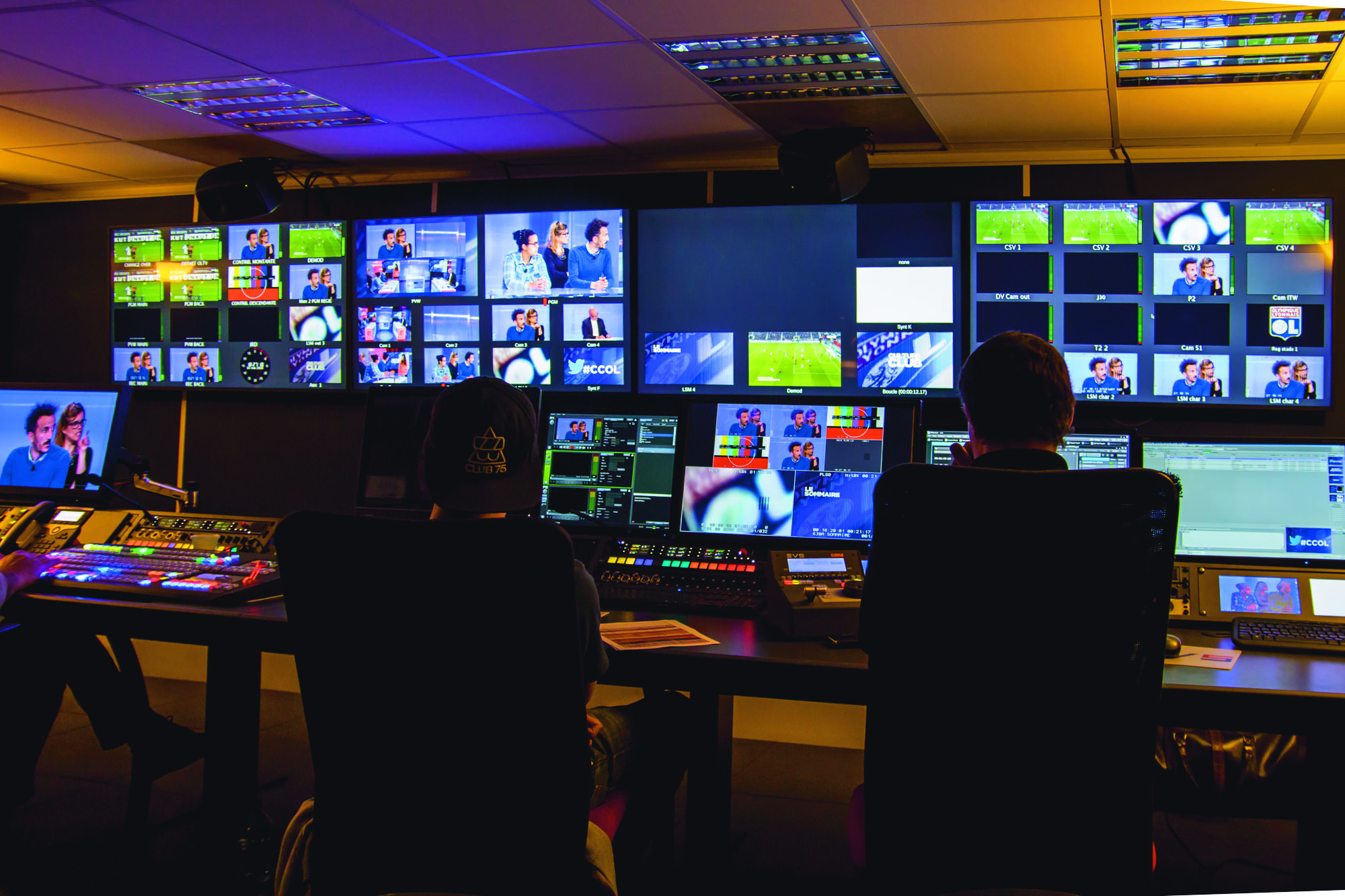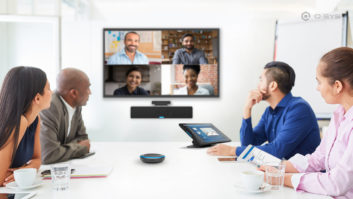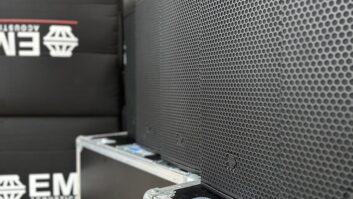
In the first part of our special report on audio networking, Phil Ward discusses the current state of the art, and discovers how technology developments could bring a future where ‘fixed’ installations become less permanent.
Audio or data, it doesn’t really matter. The strides made in the control and interoperability of digital audio in distributed, integrated systems in the last few years render most discussions of protocol pre-eminence redundant. But the next phase of this slippery subject is likely to be characterised by a new set of challenges that unhinge any notion of permanence, and that loosen installed sound from its moorings in bricks, mortar or sealing wax. This industry is going to have to prepare itself for the dawning of the Age of The Various.
Various what? Apart from various media – networked pro audio is now converging with networked video – it’s the variety of brands available to the picky user that will distinguish successful systems. Open exchange is winning over proprietary protectionism, although ‘proprietary’ is no longer a straightforward notion and choices remain difficult. Most of all, large sections of the industry are getting weary of connectivity being monetised and marketed, when all it should really do is offer easy options.
Latin quarter
Ethan Wetzell is platform strategist at Bosch Communications Systems. Of all the job titles that crop up during investigations like this, ‘platform strategist’ has to be the most telling. As well as navigating all of the business lines across Bosch’s multi-brand compression, Wetzell contributes regularly to the cross-industry initiatives that grapple with this stuff, including the Avnu Alliance, the Media Networking Alliance, the Open Control Architecture Alliance and the AES. Grasping it all is marginally easier than summarising Kierkegaard in Latin, so it helps to establish a strategic view…
“The world of ‘installation’ is an interesting Venn diagram in itself,” Wetzell begins. “Nowadays a stadium, for example, can encompass traditional PA/VA, live touring and broadcast, and the question of whether all those applications can share one network can be answered either by ‘yes, but…’ or by ‘no, except…’! I have to look at the whole landscape and divide it into tiers, but overriding all of them is the fact that the customer has to get audio from point A to point B in a way they can manage. Everything else that happens behind the scenes, frankly, shouldn’t be the customer’s problem.”
So the manufacturers’ challenge is to put networking aside, despite its persistent convolutions. “At the most granular level is the world of protocols: things like the IEEE 1588 Precision Time Protocol, or the Real-time Transport Protocol,” Wetzell expands. “These can be put together to create standards, recipes for combined protocols like AES67. Fine, but realistically a ‘standard’ by itself doesn’t solve that customer problem; for that you need connection management, network discovery and user interfaces. Achieving a standard is not the ultimate goal.”
You might think that this is where the proprietary solutions take over, to deliver the customer to that A-to-B nirvana, but Wetzell warns against such glib differentiations.
“Proprietary is not an all-or-nothing ‘binary’ dead end,” he says, “where you either talk to everyone or you talk to no one else. That’s not true in many cases, and Dante is a really good example. They’ve kept up with new standards of compatibility, but they’ve implemented them in their own, feature-rich stack: software, connection management, utilities, diagnostics… these are things that the standards could not – and should not – attempt. You could call it proprietary, but it does still talk to the rest of the world.”
So, you can get in and out of the Dante world from most networks but, once you’re in, the functionality is fixed. This suits touring engineers well: people without the time to implement networking nuances even as the gig fills up with jostling punters. Installed AV should at least afford more time to perfect the architecture, making protocols beyond Dante more attractive.
“This is where ‘subsets’ and ‘supersets’ are relevant,” Wetzell continues. “Our product OMNEO is a unique Bosch implementation that includes many standards, but we are fully compatible with Dante, and within that, AES67. AES67 is a subset of Dante, Dante is a subset of OMNEO. As you go up the superset tiers, you grab additional features: to the audio transport we’ve added security, AES70 and OCA, plus topology and management software and more. Adding those features does not break the compatibility with the lower layers.”
Swissport cargo
Dante’s market penetration reveals the quality of its design solutions, and not for nothing does Josh Rush, Audinate’s vice president of marketing, joke that Dante is “the Switzerland of networking”: it’s neutral; its borders are open; but it retains its own currency. There are now over 350 Dante licensees, with the most rapid expansion occurring in Asia where a new office has just opened, in Hong Kong. Even brands such as Riedel and Lawo – deeply entrenched in Ravenna world – have signed up as customer expectation reaches critical mass.
“Openness is being driven by what customers want,” Rush says. “RH Consulting’s research has shown that the number one requirement is to have the most products to choose from on the network, and that means a shift away from proprietary-only systems. There’s a need for both, as met by Harman’s addition of Dante to BLU link. It’s the best of both worlds: more control within the Harman rack, but with access to over 1,100 products further afield.
“It also provides greater flexibility to change things down the line. We can’t predict what’s going to be needed three years from now, and the ability to make alterations with the click of a mouse is really important to end-users. That’s not just a benefit of Dante, of course; it’s a benefit of any correctly deployed digital audio network.”
In part two, we consider how the success of Dante has affected the rest of the market







